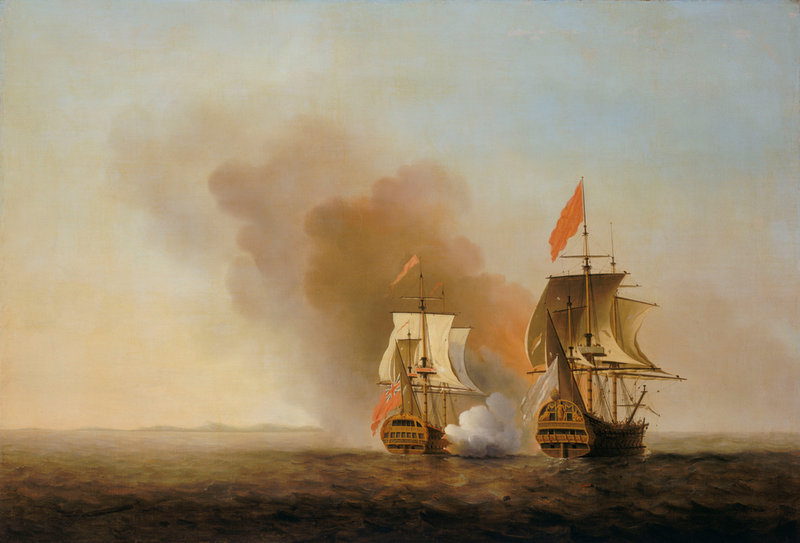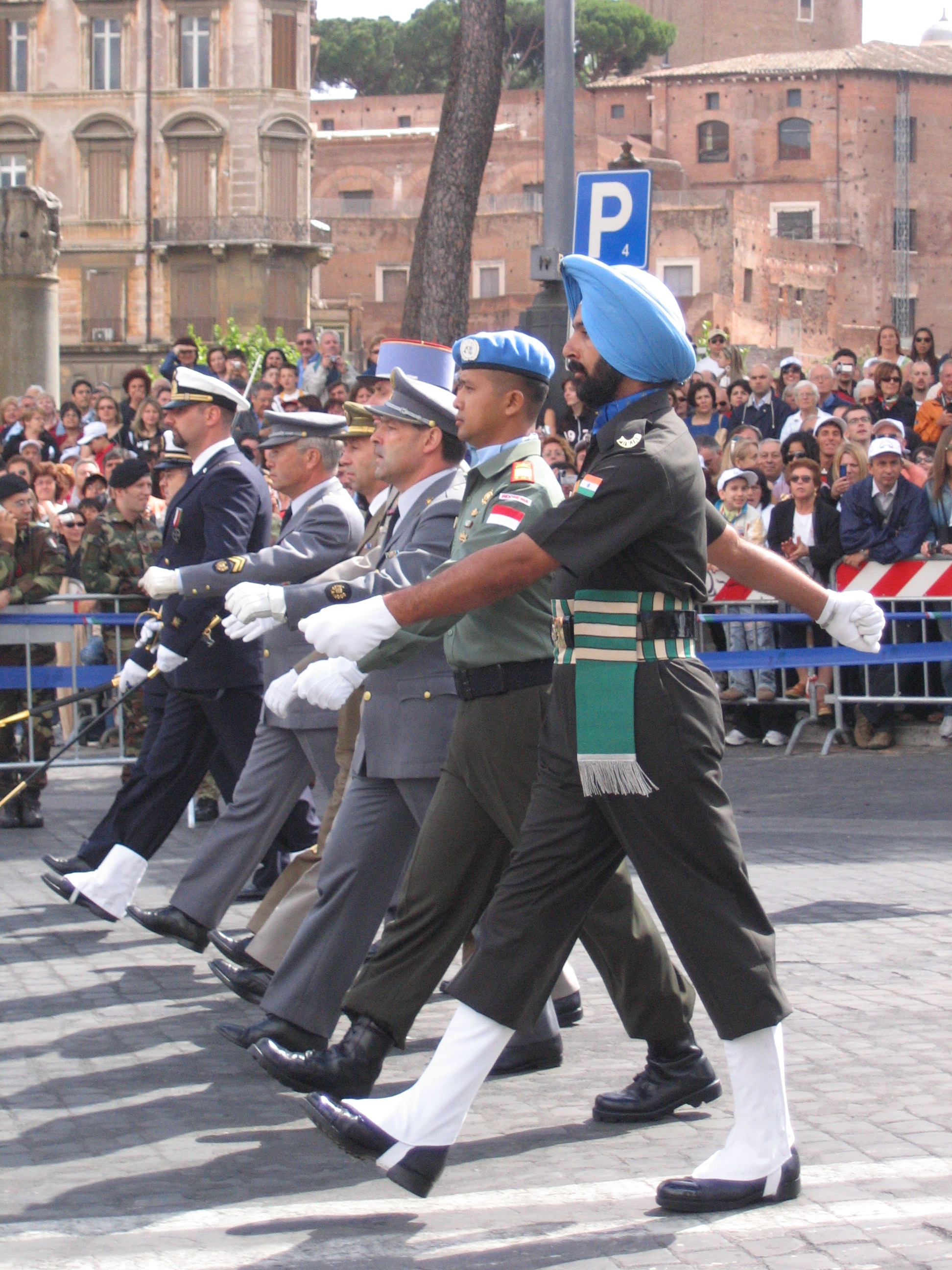|
Lord Anson
Admiral of the Fleet (Royal Navy), Admiral of the Fleet George Anson, 1st Baron Anson, (23 April 1697 – 6 June 1762) was a Royal Navy officer. Anson served as a junior officer during the War of the Spanish Succession and then saw active service against Spain at the Battle of Cape Passaro during the War of the Quadruple Alliance. He then undertook a circumnavigation of the globe during the War of Jenkins' Ear. Anson commanded the fleet that defeated the French Jacques-Pierre de Taffanel de la Jonquière, Marquis de la Jonquière, Admiral de la Jonquière at the First Battle of Cape Finisterre (1747), First Battle of Cape Finisterre during the War of the Austrian Succession. Anson went on to be First Lord of the Admiralty during the Seven Years' War. Among his reforms were the removal of corrupt defence contractors, improved medical care, submitting a revision of the Articles of War (Royal Navy), Articles of War to Parliament to tighten discipline throughout the Navy, Milit ... [...More Info...] [...Related Items...] OR: [Wikipedia] [Google] [Baidu] |
Admiral Of The Fleet (Royal Navy)
Admiral of the Fleet is a five-star naval officer rank and the highest rank of the Royal Navy formally established in 1688. The five-star NATO rank code is OF-10, equivalent to a field marshal in the British Army or a Marshal of the Royal Air Force. Other than honorary appointments no new admirals of the fleet have been named since 1995. History The origins of the rank can be traced back to John de Beauchamp, 1st Baron Beauchamp de Warwick, who was appointed ' Admiral of the King's Southern, Northern and Western Fleets' on 18 July 1360. The appointment gave the command of the English navy to one person for the first time; this evolved into the post of Admiral of the Fleet. In the days of sailing ships the admiral distinctions then used by the Royal Navy included distinctions related to the fleet being divided into three divisions – red, white, or blue. Each division was assigned at least one admiral, who in turn commanded a number of vice-admirals and rear admirals. ... [...More Info...] [...Related Items...] OR: [Wikipedia] [Google] [Baidu] |
Hertfordshire
Hertfordshire ( or ; often abbreviated Herts) is one of the home counties in southern England. It borders Bedfordshire and Cambridgeshire to the north, Essex to the east, Greater London to the south, and Buckinghamshire to the west. For government statistical purposes, it forms part of the East of England region. Hertfordshire covers . It derives its name – via the name of the county town of Hertford – from a Hart (deer), hart (stag) and a Ford (crossing), ford, as represented on the county's coat of arms and on the Flag of Hertfordshire, flag. Hertfordshire County Council is based in Hertford, once the main market town and the current county town. The largest settlement is Watford. Since 1903 Letchworth has served as the prototype Garden city movement, garden city; Stevenage became the first town to expand under post-war Britain's New Towns Act 1946, New Towns Act of 1946. In 2013 Hertfordshire had a population of about 1,140,700, with Hemel Hempstead, Stevenage, Watford ... [...More Info...] [...Related Items...] OR: [Wikipedia] [Google] [Baidu] |
Officer (armed Forces)
An officer is a person who holds a position of authority as a member of an armed force or uniformed service. Broadly speaking, "officer" means a commissioned officer, a non-commissioned officer, or a warrant officer. However, absent contextual qualification, the term typically refers only to a force's ''commissioned officers'', the more senior members who derive their authority from a commission from the head of state. Numbers The proportion of officers varies greatly. Commissioned officers typically make up between an eighth and a fifth of modern armed forces personnel. In 2013, officers were the senior 17% of the British armed forces, and the senior 13.7% of the French armed forces. In 2012, officers made up about 18% of the German armed forces, and about 17.2% of the United States armed forces. Historically, however, armed forces have generally had much lower proportions of officers. During the First World War, fewer than 5% of British soldiers were officers (part ... [...More Info...] [...Related Items...] OR: [Wikipedia] [Google] [Baidu] |
Military Uniform
A military uniform is a standardised dress worn by members of the armed forces and paramilitaries of various nations. Military dress and styles have gone through significant changes over the centuries, from colourful and elaborate, ornamented clothing until the 19th century, to utilitarian camouflage uniforms for field and battle purposes from World War I (1914–1918) on. Military uniforms in the form of standardised and distinctive dress, intended for identification and display, are typically a sign of organised military forces equipped by a central authority. Military uniforms differ not only according to military units but tend to also be offered in different levels of formality in accordance with Western dress codes: full dress uniform for formal wear, mess dress uniform for semi-formal wear, service dress uniform for informal wear, and combat uniform (also called "battle/field dress") which would equal casual wear. Sometimes added to the casual wear category is physic ... [...More Info...] [...Related Items...] OR: [Wikipedia] [Google] [Baidu] |
Articles Of War (Royal Navy)
The Articles of War are a set of regulations drawn up to govern the conduct of a country's military and naval forces. The first known usage of the phrase is in Robert Monro's 1637 work ''His expedition with the worthy Scot's regiment called Mac-keyes regiment etc.'' (in the form "Articles of warres") and can be used to refer to military law in general. In Swedish, the equivalent term ''Krigsartiklar'', is first mentioned in 1556. However, the term is usually used more specifically and with the modern spelling and capitalisation to refer to the British regulations drawn up in the wake of the Glorious Revolution and the United States regulations later based on them. United Kingdom Throughout the Articles' existence, there were separate sets for the army and navy. Royal Navy England's first Articles of War were written for the Royal Navy. They formed the statutory provisions regulating and governing the behaviour of members of the Royal Navy. They were prominently displayed in all ... [...More Info...] [...Related Items...] OR: [Wikipedia] [Google] [Baidu] |
First Lord Of The Admiralty
The First Lord of the Admiralty, or formally the Office of the First Lord of the Admiralty, was the political head of the English and later British Royal Navy. He was the government's senior adviser on all naval affairs, responsible for the direction and control of the Admiralty, and also of general administration of the Naval Service of the Kingdom of England, Great Britain in the 18th century, and then the United Kingdom, including the Royal Navy, the Royal Marines, and other services. It was one of the earliest known permanent government posts. Apart from being the political head of the Naval Service the post holder was simultaneously the pre-eminent member of the Board of Admiralty. The office of First Lord of the Admiralty existed from 1628 until it was abolished when the Admiralty, Air Ministry, Ministry of Defence, and War Office were all merged to form the new Ministry of Defence in 1964. Its modern-day equivalent is the Secretary of State for Defence. History In ... [...More Info...] [...Related Items...] OR: [Wikipedia] [Google] [Baidu] |
First Battle Of Cape Finisterre (1747)
The First Battle of Cape Finisterre (14 May 1747in the Julian calendar then in use in Britain this was 3 May 1747) was waged during the War of the Austrian Succession. It refers to the attack by 14 British ships of the line under Admiral George Anson against a French 30-ship convoy commanded by Admiral de la Jonquière. The French were attempting to protect their merchant ships by using warships with them. The British captured 4 ships of the line, 2 frigates, and 7 merchantmen, in a five-hour battle in the Atlantic Ocean off Cape Finisterre in northwest Spain. One French frigate, one French East India Company warship, and the other merchantmen escaped. Events Prelude France needed to keep shipping lanes open in order to maintain her overseas empire. To this end she assembled merchantmen into convoys protected by warships. Anson on and Rear-Admiral Sir Peter Warren on had sailed from Plymouth on 9 April to intercept French shipping. When a large convoy was sighted, An ... [...More Info...] [...Related Items...] OR: [Wikipedia] [Google] [Baidu] |





